Whether you're a first-timer or a seasoned skier, staying safe on the slopes boils down to three things: handling high altitude, dressing for freezing temps, and following slope rules. Here’s what you need to know:
- Altitude: Arrive early to adjust, drink plenty of water, eat carbs, and take it easy on day one.
- Cold: Layer up with moisture-wicking, insulating, and waterproof clothing. Keep extremities warm to avoid frostbite.
- Slope Etiquette: Ski in control, yield to downhill skiers, avoid blind spots, and communicate when passing.
For better control and less fatigue, consider Snowfeet* gear. Their compact, lightweight design makes skiing easier, especially for beginners, and helps reduce injury risks. Plus, they pair with your regular winter boots, keeping your feet warm and comfortable.
Let’s dive into the details to make your ski trip safe and fun!
Preparing for Altitude: Getting Your Body Ready
How Altitude Affects Your Body
Most ski resorts in the U.S. sit between 8,000 and 12,000 feet above sea level, where oxygen levels take a noticeable dip. At around 10,000 feet, for instance, there's roughly 30% less oxygen than at sea level. This drop means your heart has to work harder, and even activities that usually feel easy can leave you feeling wiped out.
The dry mountain air doesn't help either - it pulls moisture from your lungs with every breath, speeding up dehydration. Symptoms like headaches or dizziness might creep in as a result. Plus, your body burns through energy reserves faster at these heights, leaving you more tired than usual.
Altitude sickness is another concern, and it doesn’t discriminate - it can hit anyone, no matter how fit you are. Early signs include headaches, nausea, fatigue, and trouble sleeping. In severe cases, you could face confusion, poor decision-making, or even balance issues - none of which you want while tackling steep slopes.
Steps to Adjust to High Altitude
- Arrive a day or two early: This gives your body time to start producing more red blood cells and adjust to the thinner air.
- Stay hydrated: Aim for 3–4 liters of water daily. The dry air dehydrates you faster, and skipping alcohol during your first days can help your body acclimate better.
- Eat carb-rich meals: Carbs provide efficient energy when oxygen levels are lower, so lighter, carb-focused meals are your best bet.
- Take it easy at first: Stick to gentler slopes and shorter runs to avoid overexertion and reduce the risk of altitude sickness.
- Get good sleep: Arriving in the afternoon can help you settle in and rest up before hitting the slopes.
These steps will help your body adjust and prepare you for a better experience on the mountain.
Why Snowfeet* Works Better at Altitude
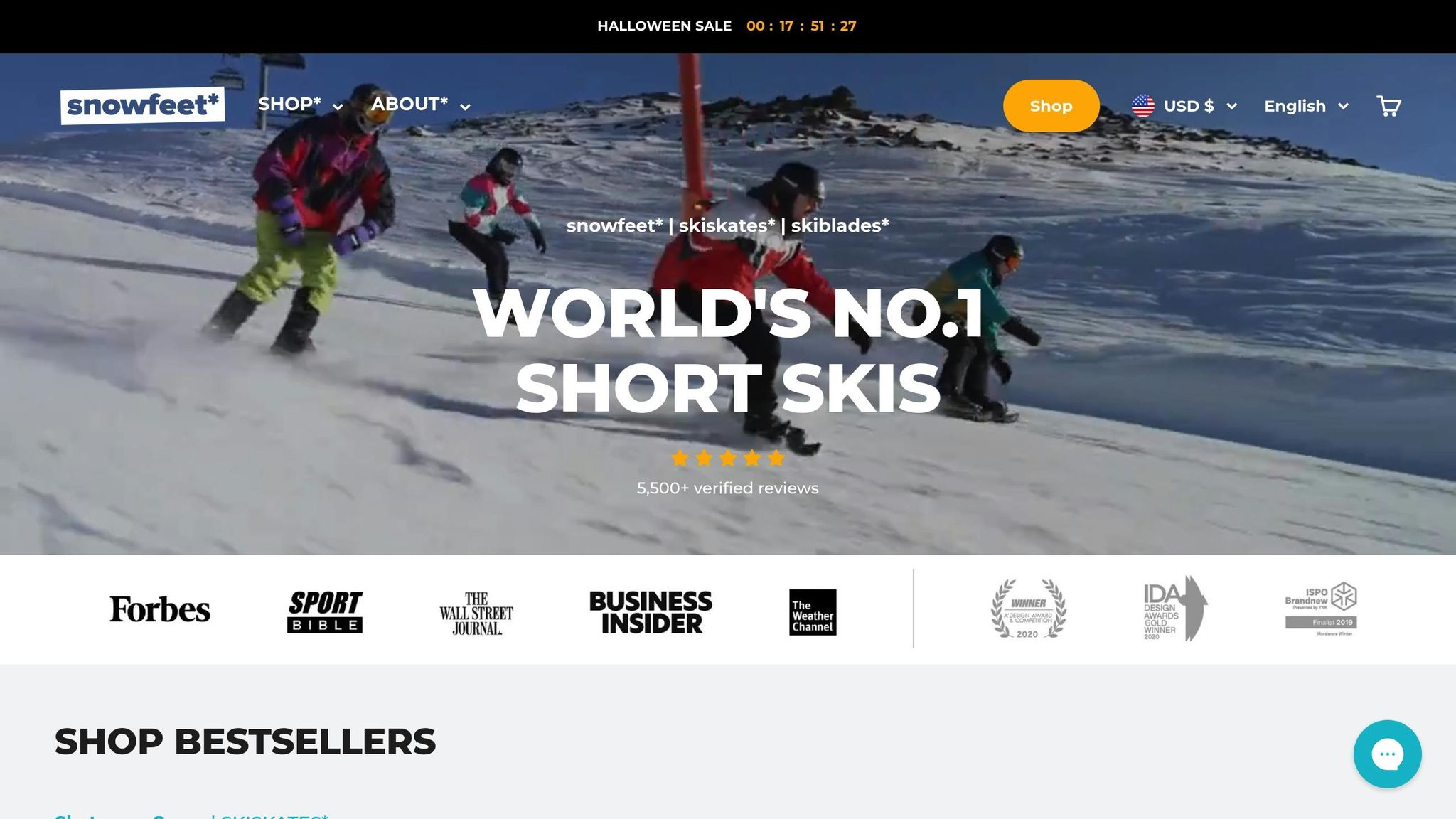
When you're at high altitudes, saving energy is the name of the game. Snowfeet* gear, with its lightweight and compact design, requires less effort than traditional skis. This means you can make quick, sharp turns and shorter, more precise movements instead of the long, sweeping turns typical of standard skis. The result? You’ll conserve energy, perform better, and reduce the risk of fatigue while enjoying the slopes.
Staying Warm: Clothing and Gear for Cold Weather
How to Layer Clothing for Warmth
Layering your clothing the right way is key to staying warm and comfortable in cold weather. A three-layer system lets you adapt to changing conditions and keep cozy all day long.
Start with a moisture-wicking base layer to keep sweat off your skin and help you stay dry. Steer clear of cotton - it traps moisture and makes you feel colder.
Next, add a middle layer for insulation, which keeps your body heat in. Materials like polyester fleece, wool, or down are great options because they stay warm even if they get a little damp.
Finally, top it off with an outer layer to protect against wind, snow, and rain. Look for a waterproof, windproof shell with features like sealed seams and ventilation zippers. These help block the elements while letting excess moisture escape.
Make sure your clothes fit snugly but not too tight. The goal is to trap heat while still allowing good blood circulation. Proper layering not only keeps you warm but also helps prevent serious cold-weather issues like frostbite and hypothermia.
Preventing Frostbite and Hypothermia
Your extremities - hands, feet, head, face, and neck - are the most vulnerable to frostbite. Early signs include numbness and tingling. If you notice these, head indoors immediately and gently warm the area with body heat or warm water (not hot).
Hypothermia happens when your core temperature drops below 95°F. Watch for symptoms like uncontrollable shivering, confusion, slurred speech, or clumsiness. If you or someone else shows these signs, seek medical help right away.
To stay safe, focus on keeping your extremities warm and dry. Wear insulated, waterproof gloves (liners can add extra warmth), a snug hat that covers your ears, and a neck gaiter or balaclava to protect your face and neck from the wind. Take regular breaks indoors to maintain your core temperature.
Snowfeet* Cold Weather Benefits
Snowfeet* stands out because it pairs with your own winter boots, which can make a big difference in keeping your feet warm. Familiar boots often fit better and feel more comfortable than rental ski boots, helping to improve circulation and reduce the risk of frostbite.
Snowfeet* also makes it easier to stay warm by conserving your energy. Its design works seamlessly with your everyday winter boots or snowboard boots, so you can move comfortably around the lodge, grab a bite to eat, or explore the resort without being stuck in bulky ski boots. This flexibility means you’re not just warm - you’re also comfortable.
Plus, the lightweight design of Snowfeet* gear minimizes bulk, making it easier to carry around, switch locations, or take a break. Unlike heavier skis, Snowfeet* offers a practical, portable option for winter fun while keeping you warm and mobile.
Slope Rules: Safety Guidelines for Everyone
Basic Slope Safety Rules
Once you're geared up and ready to face the cold and altitude, understanding slope etiquette is your next priority. The skier's code is simple but crucial: ski in control, yield to downhill skiers, and pick safe spots to stop. Remember, what feels like a safe speed on an empty slope can quickly become risky in a crowd.
Downhill skiers always have the right-of-way. They can't see what's happening behind them, so if you're the uphill skier, it's your responsibility to steer clear and avoid collisions. Choose a safe path around them and stay in control.
Avoid stopping in blind spots or narrow areas. These are places where other skiers might not see you coming - like just over a hill, around a corner, or smack in the middle of a trail. If you need a break, move to the side where you're visible and out of the way.
Pay close attention to signs and trail markers. They're there for a reason. Closed trails are off-limits for safety, and difficulty ratings help you match the terrain to your skill level. Slow zones, merge areas, and lift loading zones all have specific rules to keep everyone safe.
When entering a trail or merging, always look uphill first. The uphill skier has the right-of-way, so double-check before you go.
Staying Alert and Communicating
Keep your eyes ahead and scan for potential hazards - whether it's slower skiers, kids learning the ropes, or changing snow conditions. Avoid staring down at your skis, as this "tunnel vision" can lead to accidents.
Maintain a safe distance from others, especially in lift lines or on narrow trails. A good rule of thumb? Stay far enough back that you can stop completely if the skier in front of you suddenly falls. When passing someone, communicate clearly. Shout "On your left!" or "On your right!" loud enough for them to hear over the wind and equipment noise. Give them a moment to process before you pass - people can react unpredictably when startled.
Ditch the headphones or keep the volume low. Your ears are just as important as your eyes for staying safe. Being able to hear warnings, ski patrol instructions, or even the sound of approaching skiers can make all the difference.
Be mindful of ski patrol and mountain staff. They're out there handling emergencies and maintaining the slopes. Give them plenty of space to work and follow their instructions without hesitation.
Better control on crowded slopes can make a world of difference, and that’s where Snowfeet* comes in.
Better Control with Snowfeet*
Snowfeet* skiblades and skiskates offer a level of control that traditional skis just can't match. Their shorter length - ranging from 38cm to 99cm - lets you make quick, precise turns, which is a game-changer on busy slopes. While traditional skis require wide turns, especially on narrow trails, Snowfeet* allow you to navigate tight spaces with ease.
The lower center of gravity provided by Snowfeet* adds stability and reduces the chance of catching an edge - a common cause of falls with longer skis. Need to stop quickly to avoid a collision? The compact design makes controlled stops much easier and helps you keep your balance.
For beginners, Snowfeet* are a win. Their user-friendly design means less time wrestling with equipment and more time focusing on safety and awareness. Unlike traditional skis, which can feel overwhelming for new skiers, Snowfeet* help you move predictably and confidently, reducing the chances of creating hazards for others.
Another bonus? Portability. Snowfeet* let you step out easily when you need to help someone, navigate obstacles on foot, or move through lodge areas without the clunky hassle of traditional ski boots and long skis. It's convenience that adds to safety - because sometimes, being able to move quickly and freely is exactly what you need.
Preventing Injuries: Gear, Technique, and Safety
Protective Gear You Need
Start with a well-fitted ski helmet. It should feel secure and comfortable, with a chin strap that stays in place. And if your helmet takes a hard hit? Time to replace it.
Wrist guards are another must-have. They protect both your palms and the backs of your hands, and they should fit snugly under your gloves without restricting movement.
Knee pads can be a lifesaver, especially on icy terrain. They provide extra cushioning and support when you need it most.
Don’t forget goggles. They should fit seamlessly with your helmet, give you clear vision, and come with anti-fog coatings and ventilation to keep everything crystal clear.
And then there are your boots. Don’t underestimate their importance. Boots that don’t fit well can lead to fatigue, reduced control, and even injuries. They should feel snug but not painful, with no pressure points that might cut off circulation - especially in cold conditions.
Pairing the right gear with proper skiing techniques is the best way to stay safe on the slopes.
Learning Safe Skiing Techniques
Taking lessons from a professional isn’t just for beginners - it’s about learning techniques that keep you safe. For example, knowing how to fall correctly can reduce the risk of injury. The trick? Fall to the side, keep your arms tucked in, and resist the urge to catch yourself with your hands.
The first skill to master is stopping. The wedge, or “pizza” turn, might seem simple, but it’s key to controlling your speed and direction. Nail this before moving on to advanced techniques like parallel turns - many injuries happen when skiers skip the basics.
If you take a tumble, getting up safely is just as important. Aim your skis downhill, shift your weight over your feet, and use your poles to regain balance. Avoid scrambling to stand up in the middle of a slope - it’s dangerous for you and others.
Controlling your speed isn’t just about turning or stopping abruptly. Smooth, controlled turns are safer and more effective. Use the shape of your turns to manage speed rather than relying solely on your edges.
Reading the terrain is another critical skill. Look ahead to spot changes in snow conditions, obstacles, or other skiers. Plan your next moves instead of reacting to what’s directly in front of you. This habit can make a huge difference in your overall safety.
How Snowfeet* Reduces Injury Risk
Snowfeet* products are designed with safety in mind, especially for beginners. Their compact size - ranging from 38cm to 120cm, compared to traditional skis that often exceed 150cm - reduces joint strain during falls. Plus, their shorter length makes stopping and maneuvering much easier, giving you better control and quicker mastery.
One standout feature? Snowfeet* are compatible with regular winter boots. This not only makes them more comfortable but also helps reduce fatigue, which is a major factor in avoiding accidents. Comfortable feet mean better control, and better control means fewer slips and falls.
There’s also a psychological benefit. Shorter skis feel less intimidating, which helps users stay calm and maintain proper form. Fear and tension often lead to mistakes and injuries, but Snowfeet*’s approachable design helps keep those nerves in check. It’s a win-win for safety and confidence on the slopes.
sbb-itb-17ade95
HOW TO SKI SAFELY | the unspoken rules of ski resorts
Snowfeet* vs Traditional Skis and Snowboards
Snowfeet* bring a fresh twist to winter sports, offering a lightweight, versatile, and user-friendly alternative to traditional skis and snowboards. Let’s break down how they stack up against the conventional gear.
Why Choose Snowfeet*?
One of the standout features of Snowfeet* is their portability. At just 38–120 cm in length, they’re a breeze to pack into a backpack or toss into your car trunk. Compare that to traditional skis, which are often 150 cm or longer, and you’ll see why they’re a game-changer for families looking to avoid rental hassles and extra transport costs.
Another huge plus? You can use them with your regular winter boots. That means no more shelling out for uncomfortable, pricey ski boots. This not only saves you money but keeps your feet happy all day long.
For beginners, Snowfeet* are a confidence booster. Their compact design makes them easier to control, so you can master the basics - like stopping - much faster. While traditional skiing often requires multiple lessons to get the hang of parallel turns, Snowfeet* slash that learning curve, making them perfect for newcomers.
When it comes to terrain, Snowfeet* are incredibly versatile. Whether you’re on groomed slopes, backyard hills, or snowy trails, they adapt with ease. Traditional skis and snowboards, on the other hand, tend to perform best on resort-style groomed slopes.
Their shorter length also makes a big difference on crowded runs. Quick edge-to-edge transitions and nimble handling mean you can navigate tight spaces more easily. Plus, if you take a tumble, the lower leverage effect can help reduce the risk of knee and ankle injuries - something traditional skis and snowboards can’t always promise.
At a Glance: Snowfeet* vs Traditional Gear
| Feature | Snowfeet* | Traditional Skis | Snowboards |
|---|---|---|---|
| Length | 38 cm – 120 cm | Typically 150 cm or longer | Typically 140 cm and above |
| Boot Requirement | Works with regular winter boots | Requires specialized ski boots | Requires specialized snowboard boots |
| Learning Curve | Quick and beginner-friendly | Often requires lessons | Longer learning time |
| Storage/Transport | Fits in a backpack or car trunk | Needs roof racks or ski bags | Requires a special carrying bag |
| Price | Starts at $250 | Higher due to boots and gear | Higher, factoring in boots |
| Terrain Versatility | Slopes, trails, backyards | Best on groomed slopes | Primarily for resort conditions |
More Affordable and Easier to Maintain
Snowfeet* are a budget-friendly choice compared to traditional setups. With skis, you’re looking at the cost of skis, bindings, boots, and poles. Snowboards? You’ll need the board and specialized boots. Snowfeet* cut through all that, starting at $250 and working with the boots you already own.
Using your regular winter boots also means better ankle support, avoiding the stiff, rigid feel of specialized ski boots.
When it comes to upkeep, Snowfeet* are refreshingly low-maintenance. Unlike skis and snowboards, which demand regular waxing, edge tuning, and occasional professional servicing, Snowfeet* only need basic waxing. Plus, replacement parts like straps are inexpensive and easy to find.
For frequent travelers, they’re a dream. Forget bulky gear fees or struggling to find storage space - Snowfeet* are compact and hassle-free, making them perfect for anyone who’s always on the move.
Conclusion: Safe Skiing with Snowfeet*
Staying safe on the slopes boils down to three main things: getting ready for high altitudes, keeping warm in freezing temperatures, and respecting slope etiquette. And having the right gear makes all the difference - this is where Snowfeet* comes in.
Snowfeet* products are designed to tackle these challenges head-on. Their compact size (ranging from 38 cm to 120 cm) gives you better control and balance, which reduces strain on your knees and ankles. This means less chance of injury and more energy to enjoy your time on the mountain. Plus, the improved control helps you navigate slopes with confidence.
Portability is another win for safety. Snowfeet* gear fits easily into a backpack or the trunk of your car, so you’re always ready to hit the slopes when the conditions are just right.
For beginners, Snowfeet* offers a smoother learning experience. The design makes it easier to master essential skills like stopping and turning. This means you can focus on staying aware of your surroundings rather than getting stuck on the basics.
Whether you’re looking at the Mini Ski Skates for $250 for a bit of casual fun or the 120 cm Short Skis priced at $775 for something more advanced, Snowfeet* gives you the versatility to explore different terrains. This lets you build your skills and confidence before tackling steeper, more challenging runs - something that traditional gear often complicates.
Winter sports should be about enjoyment, not stress. With proper altitude preparation, warm clothing, and a focus on slope awareness, you can make the most of your time in the mountains. And Snowfeet* makes it easier, especially for families and beginners, to embrace the fun of winter without the hassle of bulky, traditional equipment.
FAQs
How can Snowfeet gear help prevent altitude sickness compared to traditional skis?
Snowfeet gear can be a game-changer when it comes to tackling high elevations. By allowing for controlled, gradual movement, these lightweight skiblades and skiskates help reduce the strain on your body - something that’s crucial for minimizing the risk of altitude sickness. Unlike traditional skis, their portability and ease of use mean you’re not overexerting yourself, which is a big win when you’re adjusting to thinner air.
What’s more, Snowfeet products are perfect for beginners. Their smooth, user-friendly design makes it easier to transition and adapt to changes in altitude. Instead of worrying about heavy gear or complicated techniques, you can focus on enjoying the slopes comfortably and safely. At higher elevations, that added ease can make all the difference.
What makes Snowfeet* a safer and more beginner-friendly choice compared to traditional skis or snowboards?
Snowfeet* are a fantastic option for beginners looking to dive into winter sports. Why? For starters, they’re compact, lightweight, and way easier to handle than traditional skis or snowboards. Their shorter length helps with balance and makes turning feel more natural, which means you’ll spend less time struggling and more time having fun.
Another big plus? You don’t need to splurge on special gear. Snowfeet* work with your regular winter boots, keeping things simple and budget-friendly. They’re super portable too, so you can toss them in a bag and take them anywhere without a hassle. This convenience makes them a safe and practical choice for hitting the slopes.
If you’re new to the snow scene, Snowfeet* offer a fun, less daunting way to get started, all while giving you solid control and smooth maneuverability.
Why is layering clothing important for staying safe and warm while skiing?
Layering is a game-changer when it comes to skiing. It helps you stay warm, dry, and comfortable while protecting you from frostbite and hypothermia. The key is to use a three-layer system: a moisture-wicking base layer to keep sweat off your skin, an insulating middle layer to trap heat, and a waterproof, windproof outer layer to shield you from cold winds and snow. Together, these layers work to regulate your body temperature, no matter how unpredictable the weather gets.
Snowfeet products, like skiblades and skiskates, take layering to the next level. Unlike traditional bulky ski gear, Snowfeet are lightweight and easy to carry, giving you more freedom to move without sacrificing warmth. Plus, their beginner-friendly design means you can focus on having fun on the slopes instead of wrestling with heavy equipment. It’s all about making your time on the mountain safer and more enjoyable.





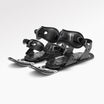

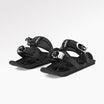
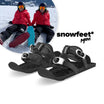



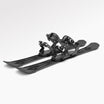
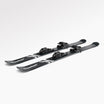
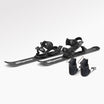







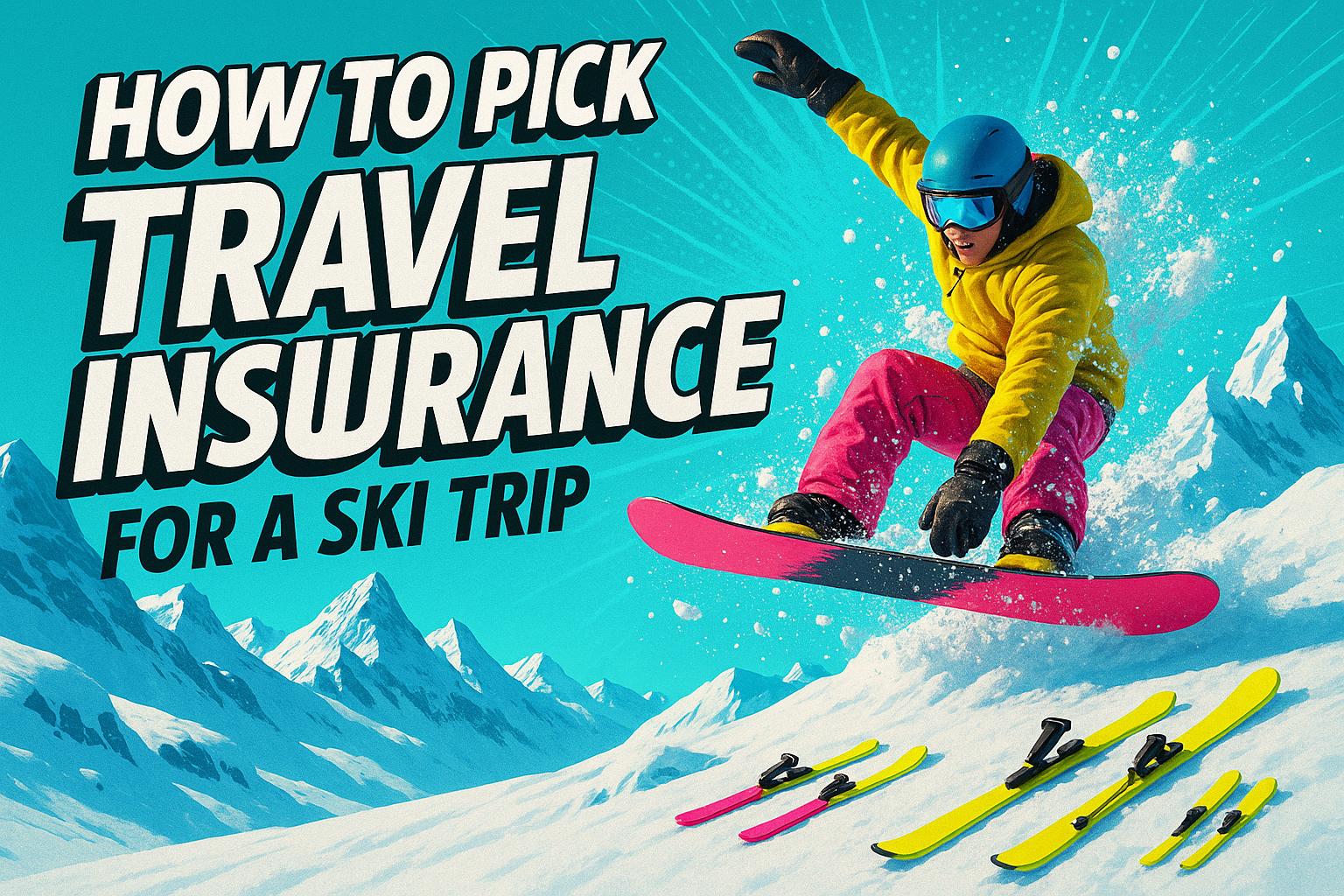

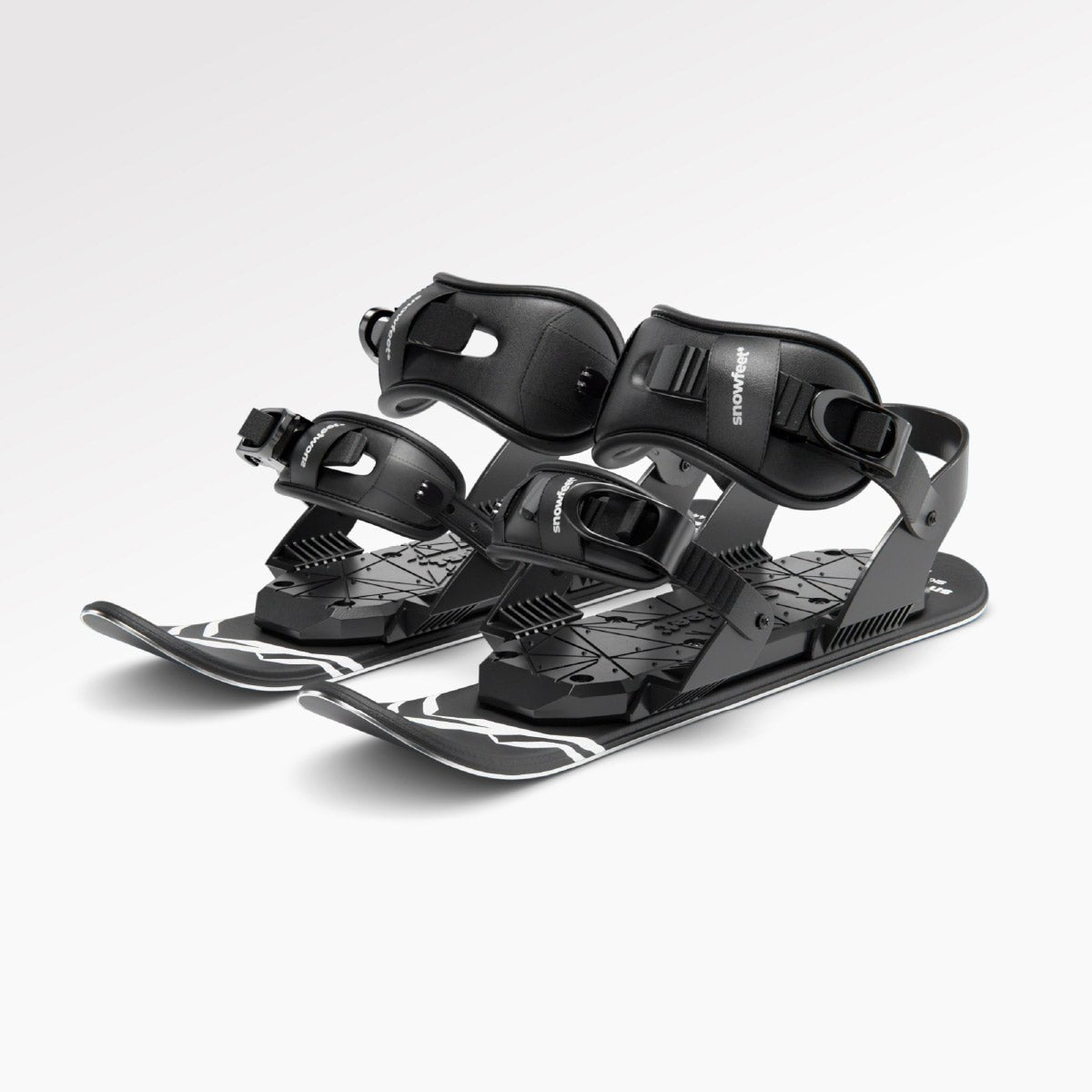



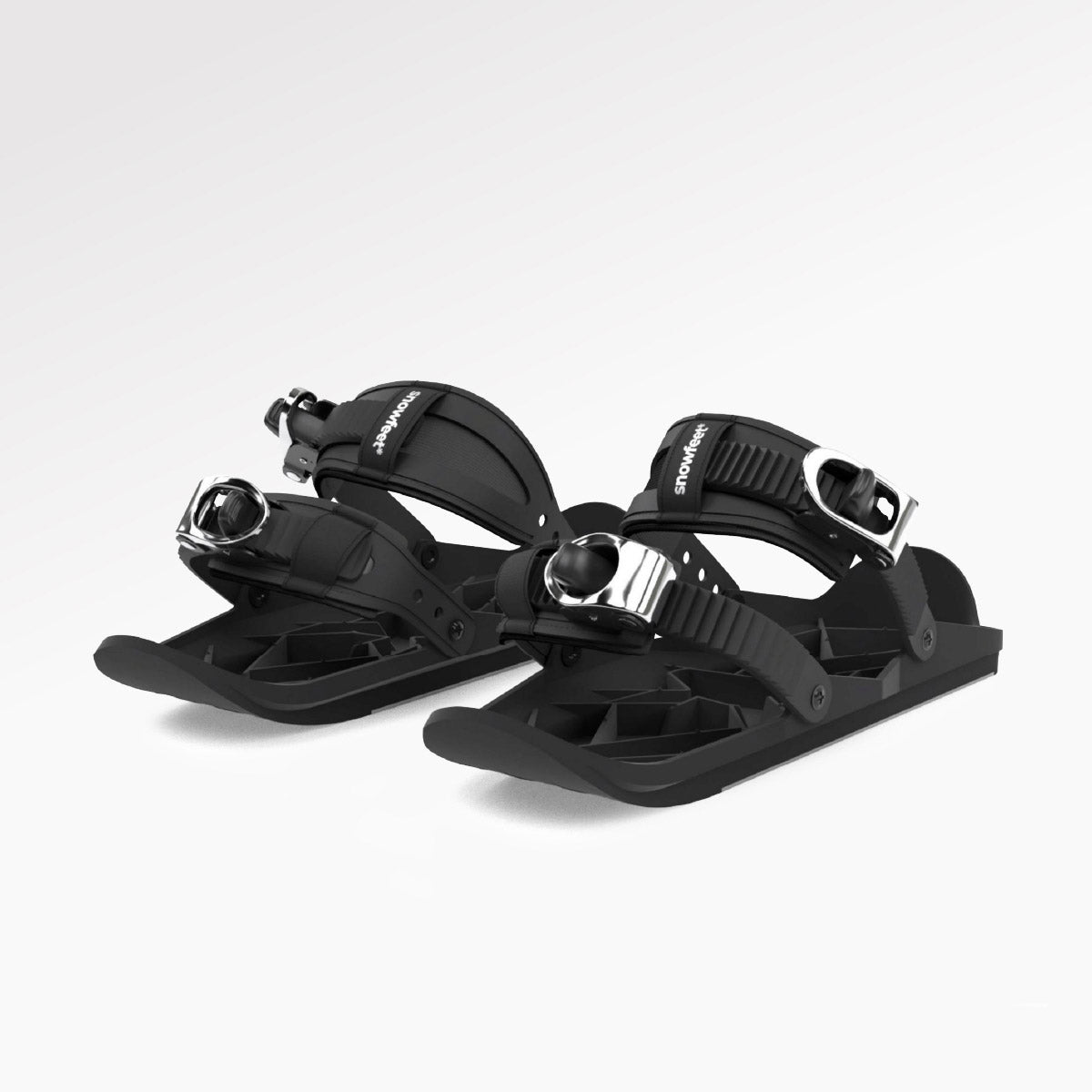





Zostaw komentarz
Ta strona jest chroniona przez hCaptcha i obowiązują na niej Polityka prywatności i Warunki korzystania z usługi serwisu hCaptcha.